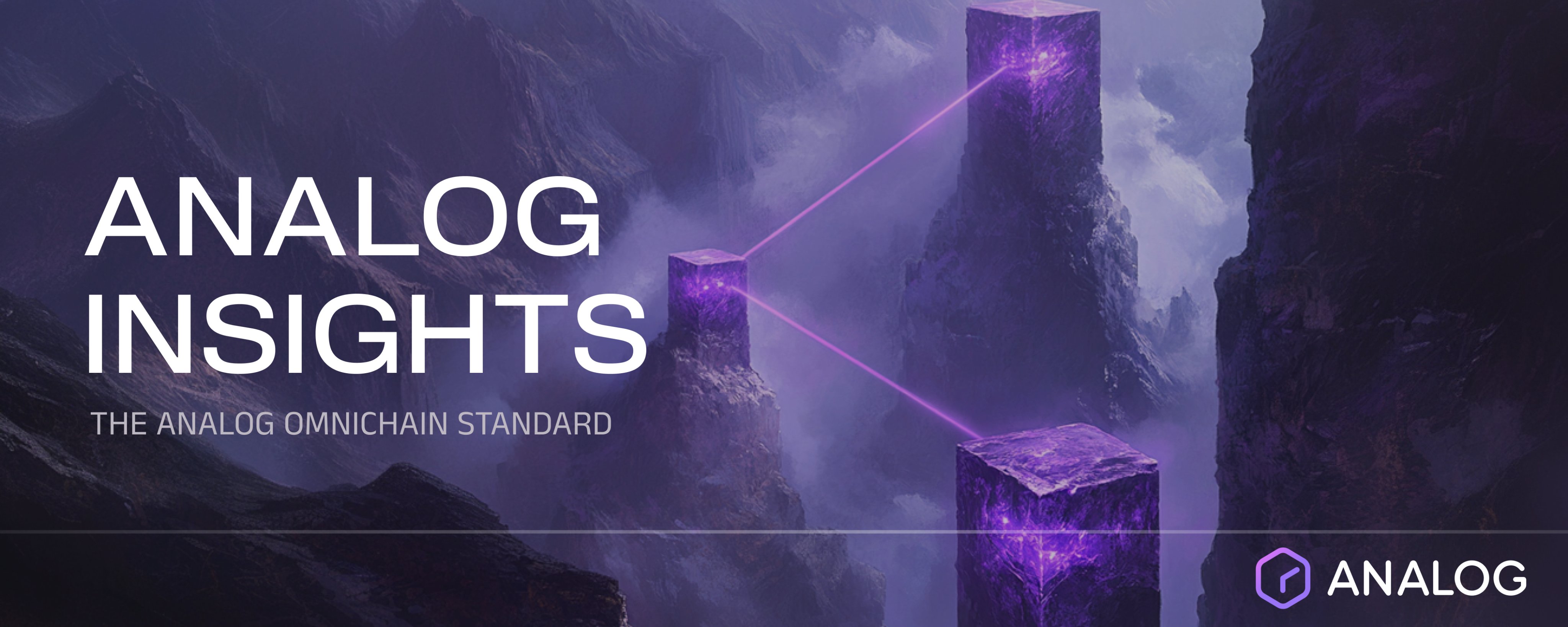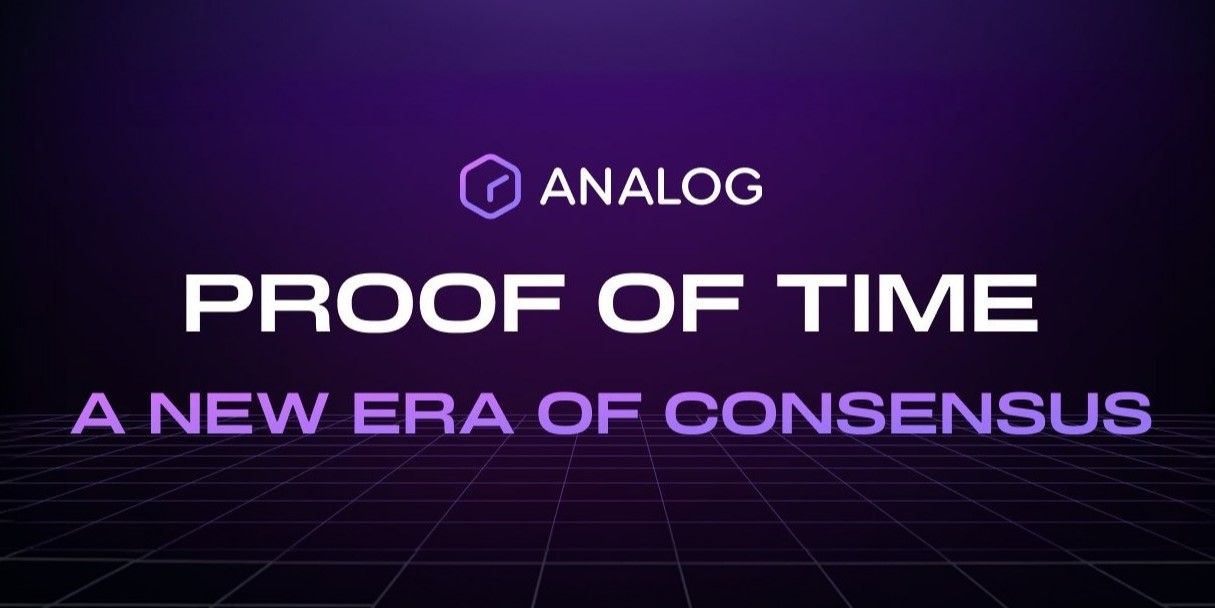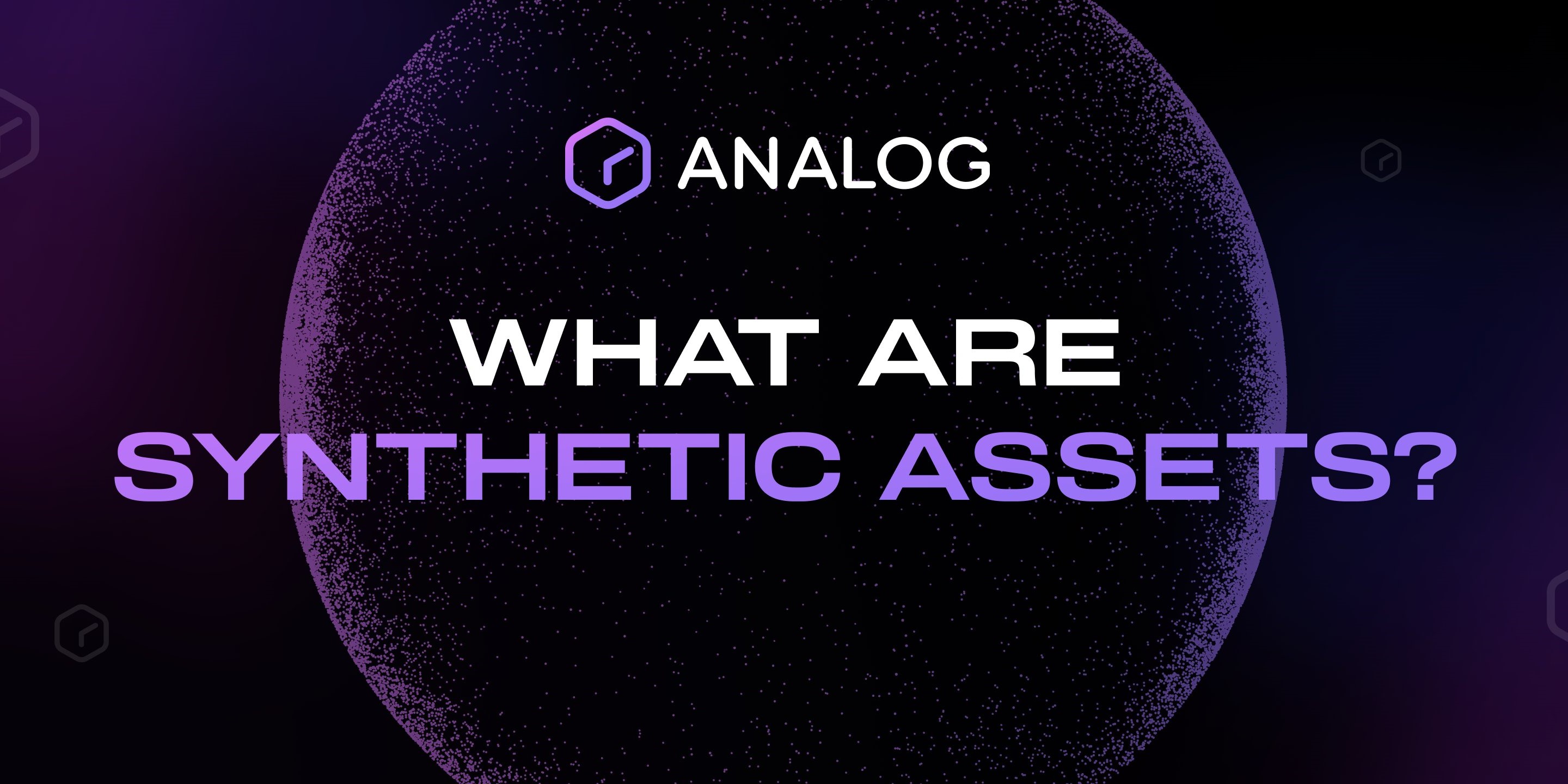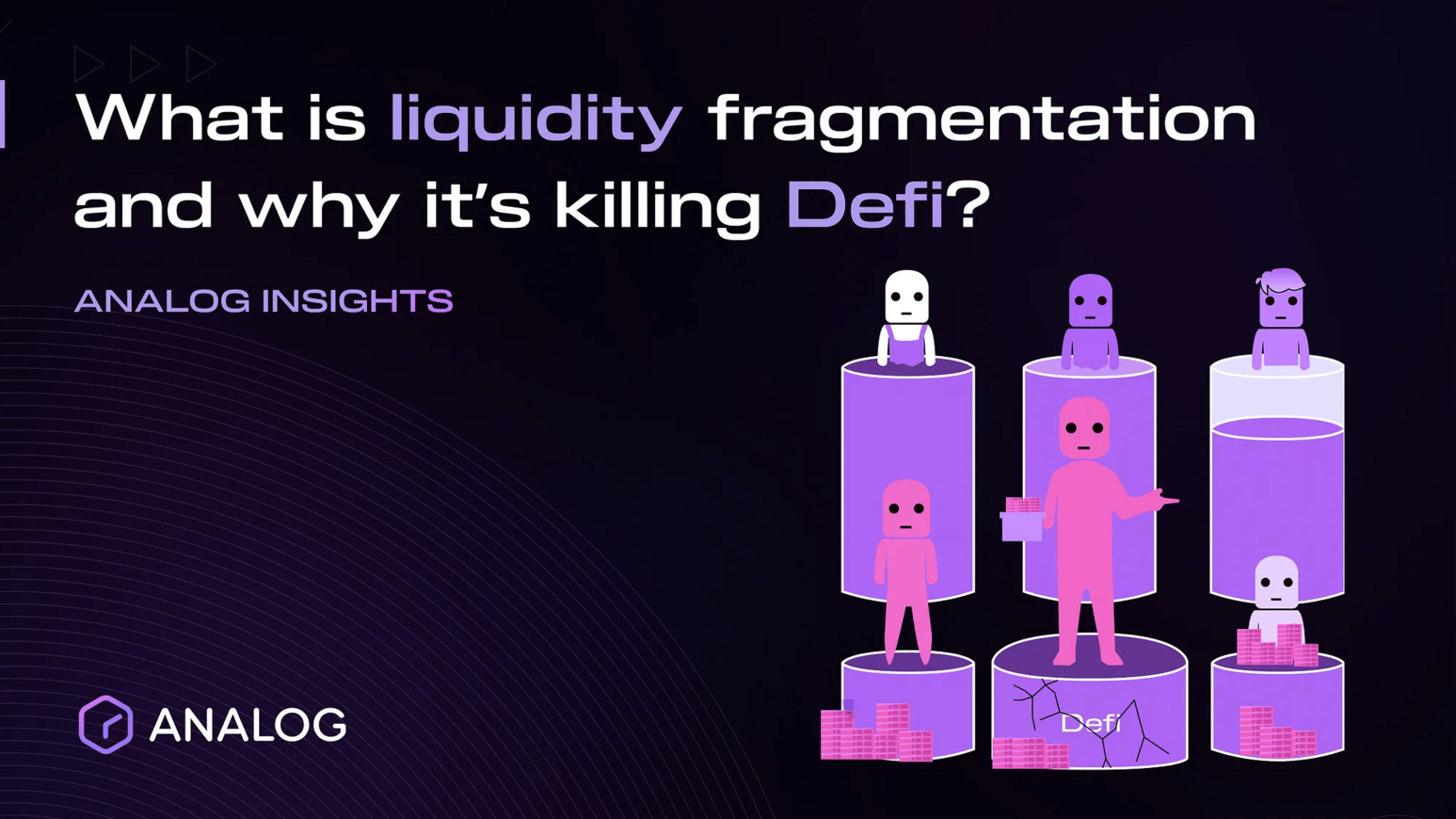
Crypto went multichain and in the process, it also went sideways.
As more Layer 1s launched, users got more options, but developers got a headache. Every chain came with its own liquidity pools, asset wrappers, and bridge risks. And as volume scaled, so did the inefficiencies.
The result was a fractured ecosystem where “fungibility” isn’t guaranteed, security is constantly tested, and the same asset can exist in five different forms none of which actually behave like the original.
Now, a new standard is emerging to clean up the mess: Omnichain Fungible Tokens (OFTs).
And at Analog, we’re pushing it even further with the rollout of OATS (the Omnichain Analog Token Standard). More on that in a bit.
Wrapped Tokens Weren’t Built to Scale
Before we dive into OFTs, let’s talk about the problem they solve.
When crypto went multichain, bridges started issuing wrapped tokens to allow asset transfers across chains. For a while, it worked. But as usage grew, cracks started to show:
Wrapped tokens aren’t fungible with each other. UNI bridged through Wormhole isn’t the same as UNI bridged through Synapse.
Governance breaks. Wrapped tokens often don’t have the same voting power or utility as their canonical version.
Liquidity fractures. Instead of one big pool, liquidity gets split across chains and wrappers hurting price discovery and capital efficiency.
UX is painful. Bridging can take dozens of clicks and introduces countless points of failure.
Worst of all is the security aspect. Bridges remain one of the biggest attack surfaces in crypto. From 2020 to late 2022, over $2.5B in exploits came from bridge vulnerabilities alone.
Enter OFTs: One Token, All Chains
Omnichain Fungible Tokens flip the wrapped asset model on its head.
Instead of duplicating tokens across chains, OFTs follow a mint-and-burn model tied to a shared supply. When you send an OFT from Chain A to Chain B:
It’s burned on Chain A
A message is sent through Analog's endpoint
It’s minted on Chain B, preserving the total supply and identity
This approach maintains token fungibility, eliminates duplicates, and allows for native chain interactions.
Why This Matters for Liquidity
The entire value prop of DeFi is efficiency and composability. But when you have five different versions of the same token floating around, none of which can interact seamlessly, liquidity becomes useless.
OFTs change that.
By maintaining a unified supply and identity across chains, they allow protocols to:
Share liquidity pools across multiple networks
Maintain governance and token utility
Build experiences that feel chain agnostic to users
All of which are essential for scaling DeFi, RWAs, and anything cross chains.
Still Early, But Promising
Like any new standard, OFTs come with trade-offs. If the underlying protocol were to introduce a bug, token issuance could be compromised. And full adoption won’t happen overnight, it’ll take time for projects to migrate and align.
But the trajectory is clear.
We’ve seen the wrapped token model hit its limits. And users are demanding a better way to move assets across chains, one that doesn’t sacrifice security, UX, or liquidity in the process.
OFTs might just be the standard we’ve been waiting for.
But there’s still one big gap: most OFTs only work on a handful of chains and don’t support legacy assets or NFTs. That’s where OATS comes in.
Introducing The Omnichain Analog Token Standard
OFTs solve a big piece of the puzzle. OATS is designed to solve the rest.
OATS is Analog’s omnichain token standard, enabling transfers of fungible and non-fungible assets across both EVM and non-EVM chains.
It supports two modes of operation:
Burn-and-mint, for native tokens or NFTs that integrate the OATS standard
Lock-and-release, for legacy tokens and wrapped assets
By building OATS on top of Analog’s General Message Passing (GMP) protocol and Timechain infrastructure, we maintain a unified token supply, eliminate fragmented liquidity, and enable near instant cross chain movement.
With OATS, token issuers no longer have to deal with:
Multiple wrapped versions
Frustrating bridging UIs
Cross chain governance breakdowns
High slippage and bridging costs
Complicated dev tooling for interoperability
Final Thoughts
At Analog, we’re building the omnichain liquidity hub designed to unify fragmented assets across ecosystems.
That means no wrapped mess, no duplicate tokens, just native, chain agnostic interoperability.
With our Timechain consensus layer, General Message Passing (GMP), and Chronicle Nodes validating messages across chains, we’re positioned to support next gen standards like OFTs at scale.
As more protocols embrace omnichain token design, Analog will provide the infrastructure to move those assets freely, securely, and efficiently.
The future of cross chain liquidity is composable, unified, and secure.
We’re building the rails to get there.
Let’s go.










